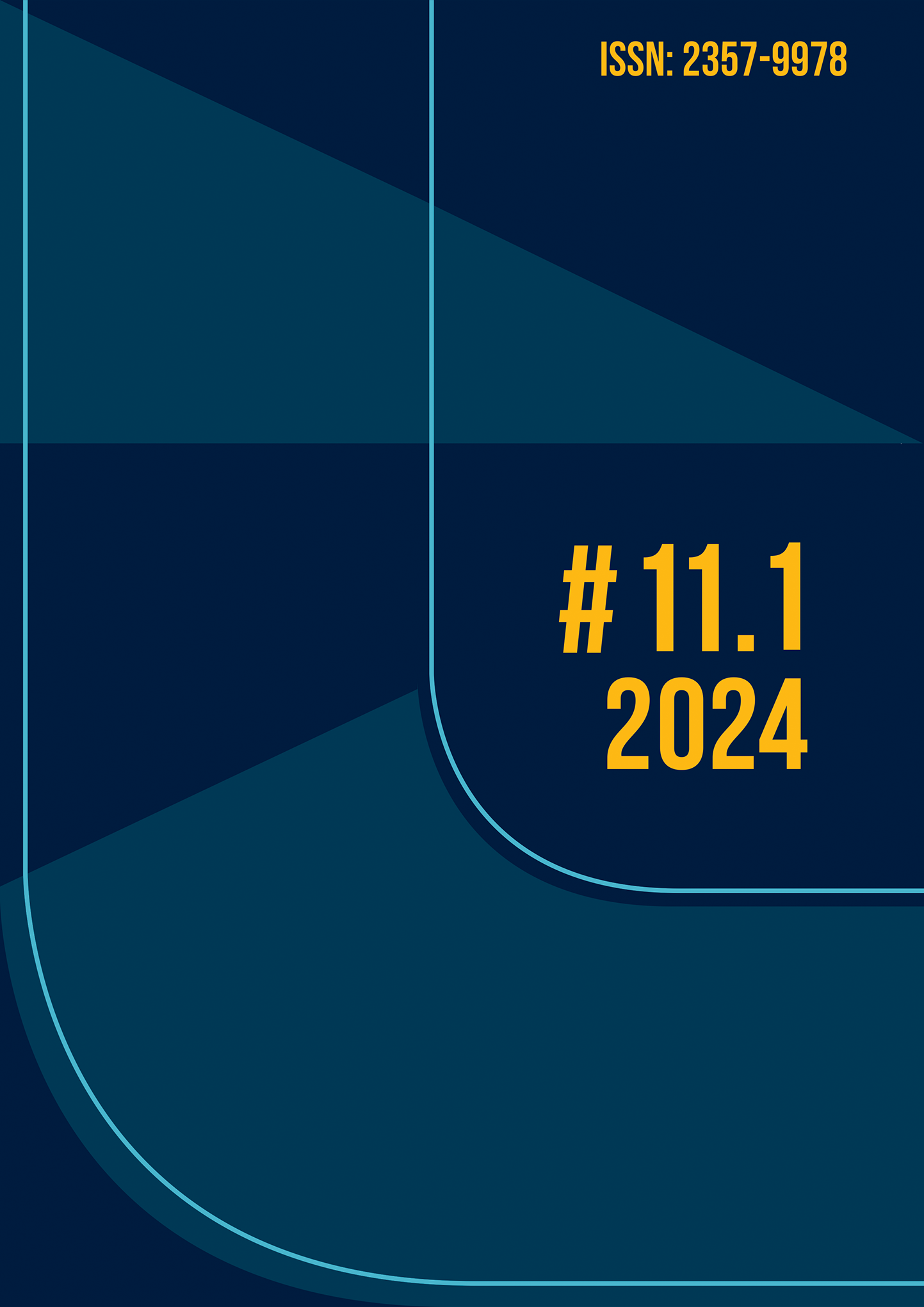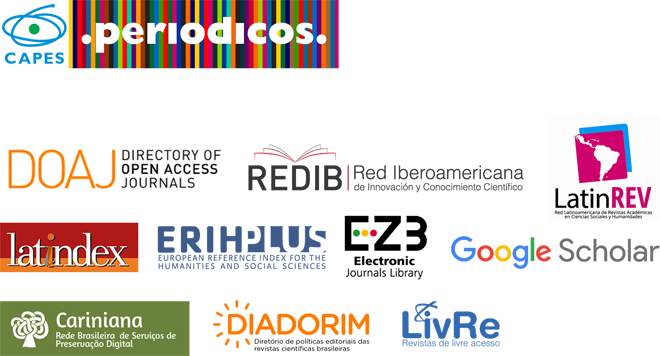Embodied Iconography: A Case Study on Methods for Retrieving Musical Context in Capoeira Images
DOI:
https://doi.org/10.36025/arj.v11i1.33192Keywords:
body, iconography, African diaspora, human movement, capoeiraAbstract
This article explores an interdisciplinary approach that integrates historiography, musicology, iconography, and motion computing to investigate the interactions between music, the body, and visual representation. It introduces the concept of “embodied iconography”, which seeks to interpret historical images not merely as visual documents but as traces of the bodily and musical dynamics of the contexts in which they were created. Through the analysis of bodily postures in 19th-century iconographic representations related to capoeira and their comparison with contemporary motion recordings, the study reveals how the bodies depicted in the images can reflect complex musical and choreographic practices, exposing the distortions of colonial discourse. By linking historical and technological data, the study emphasizes the importance of embodiment studies in reconstructing cultural contexts and contributes to the decolonization of historiographical and musicological studies, offering new perspectives on Afro-Brazilian cultural practices.
Downloads
References
AGAWU, K. The Invention of “African Rhythm”. Journal of the American Musicological Society, v. 48, n. 3, p. 380-395, 1995.
ALVES, P. M. M. O imaginário escravista em algumas imagens da obra de Debret: possibilidades de leitura. 2020. Dissertação (Mestrado em Antropologia Social) – Universidade Federal de Santa Catarina, Florianópolis, 2020.
ARCANJO, L.; MAXIMIANO, J. A invenção da brasilidade musical: racialização dos aspectos iconográficos da música brasileira. In: CONGRESSO BRASILEIRO DE ICONOGRAFIA MUSICAL, 6., 2021, Salvador. Anais [...]. Campinas: Unicamp, 2021. p. 578-597.
BEARD, D.; GLOAG, K. Musicology: the key concepts. London: Routledge, 2005.
BENJAMIN, W. Sobre o conceito de História: edição crítica. Tradução: Márcio Seligmann-Silva. São Paulo: Alameda Casa Editorial, 2021.
BRAGA, G. G. A capoeira da roda, da ginga no registro e da mandinga na salvaguarda. 2017. Tese (Doutorado em Antropologia Social) – Faculdade de Filosofia, Letras e Ciências Humanas, Universidade de São Paulo, São Paulo, 2017.
BRASIL. Inventário para Registro e Salvaguarda da Capoeira como Patrimônio Cultural do Brasil. Brasília: IPHAN, 2007.
BURKE, P. Testemunha ocular: história e imagem. Bauru: EDUSC, 2004.
CARYBÉ. O Jogo da Capoeira: 24 desenhos. Coleção Recôncavo n. 30. Salvador: Livraria Progresso Editora, 1955.
CHAFFIN, R.; LEMIEUX, A. F.; CHEN, C. “It is Different Each Time I Play”: Variability in Highly Prepared Musical Performance. Music Perception, v. 24, n. 5, p. 455-472, 1 jun. 2007.
COSTA, Thiago; DIENER, Pablo. O Brasil Pitoresco de Debret. Polifonia, Cuiabá, v. 20, n. 28, p. 172-188, jul./dez., p.173, 2013.
DIDI-HUBERMAN, G. Diante do tempo: história da arte e anacronismo das imagens. Belo Horizonte: Editora UFMG, 2015.
FERREIRA, M. F. Dança, caboclo, cada qual em seu lugar! Estudo sobre os movimentos corporais e a patrimonialização da Dança dos Caboclinhos – Peçanha/MG. Orientador: Luiz Naveda. 2021. Dissertação (Mestrado) – Universidade do Estado de Minas Gerais, Belo Horizonte, 2021.
GALANTE, R. B. F. Da cupópia da cuíca: a diáspora dos tambores centro-africanos de fricção e a formação das musicalidades do Atlântico Negro (Sécs. XIX e XX). 2015. Tese (Doutorado) – Universidade de São Paulo, São Paulo, 2015.
GINZBURG, C. Mitos, emblemas, sinais: morfologia e história. São Paulo: Companhia das Letras, 1990.
GOMBRICH, E. H. Aims and limits of iconology. In: GOMBRICH, E. H. Symbolic images: Studies in the Art of the Renaissance. London: Phaidon, 1972. p. 1-25.
GONZAGA, G. G. Augustus Earle: pintor viajante – cenas de gênero e paisagens brasileiras. In: COLÓQUIO DO COMITÊ BRASILEIRO DE HISTÓRIA DA ARTE, XXXIV, 2014, Uberlândia. Anais [...]. Uberlândia: Universidade Federal de Uberlândia, 2014. p. 121–136.
GOODALL, C. Procrustes methods in the statistical analysis of shape. Journal of the Royal Statistical Society, Series B (Methodological), v. 53, n. 2, p. 285–339, 1991.
HARTOG, F. Regimes de historicidade: presentismo e experiências do tempo. Belo Horizonte: Autêntica, 2013.
LARRAÍN, N. R. S. Capoeira Angola: música e dança. 2005. Dissertação (Mestrado) – Universidade Federal da Bahia, Salvador, 2005.
LEMAN, M. Music Research at the crossroads of innovation. In: PENA, D. (ed.). Themes in transdisciplinary research. Belo Horizonte: IEAT-UFMG, 2010.
MAPAYA, M. G.; MUGOVHANI, N. G. Musicologia comum Africana: uma epistemologia musical de perspectiva Africana. Claves, v. 9, n. 14, p. 79-98, 2020.
MASON, P. H. Intracultural and Intercultural Dynamics of Capoeira Training in Brazil. Global Ethnographic, v. 1, p. 1-8, 2013.
NAVEDA, L. Pose: A software for annotation of tridimensional body postures in bidimensional images. Belo Horizonte: Universidade do Estado de Minas Gerais, 2022. Disponível em: https://corpuslab.info/pose.
NZEWI, M.; FREIRE, K; GRAEFF, M. Por uma musicologia “verdadeiramente” africana-brasileira: entrevista com Meki Nzewi. Claves, v. 9, n. 14, p. 116-135, 2020.
OLIVEIRA, A. S. de. Sankofa: a circulação dos provérbios africanos: oralidade, escrita, imagens e imaginários. 2016. Dissertação (Mestrado em Comunicação) – Brasília: Faculdade de Comunicação, Universidade de Brasília, 2016.
PARNCUTT, R. Musicologia Sistemática: a história e o futuro do ensino acadêmico musical no ocidente. Em Pauta, v. 20, n. 34/35, p. 145-185, 2012.
PASTINHA, V. F. Capoeira Angola. Salvador: Fundação Cultural do Estado da Bahia, 1964.
RUGENDAS, J. M. Viagem pitoresca através do Brasil. Belo Horizonte: Itatiaia, 1998.
SCHWARCZ, L. O sol do Brasil: Nicolas Antoine Taunay e as desventuras artísticas dos artistas franceses na corte de D. João. São Paulo: Companhia das Letras, 2008.
SOTUYO BLANCO, P.; DA SILVA FILHO, W. M. Tema y variaciones en la iconografía musical mariana: del estudio de caso a la integración informacional iconográfica iberoamericana. Cuadernos de Iconografía Musical, v. 1, n. 1, 2014.
STERGIOU, N. Variability in Life Can Facilitate Learning to Live Together. In: KELSO, J. A. Scott (ed.). Learning To Live Together: Promoting Social Harmony. Cham: Springer, 2018. p. 65–69.
TOIVIAINEN, P.; BURGER, B. MoCap Toolbox Manual. Jyväskylä, Finland: University of Jyväskylä, 2011.
WICHERS, C. M. Sociomuseologia e arqueologia pós-processual: conexões no contexto brasileiro contemporâneo. Cadernos de Sociomuseologia, v. 51, n. 7, 2016.
WITTENBURG, P. et al. ELAN : a professional framework for multimodality research. In: 5TH INTERNATIONAL CONFERENCE ON LANGUAGE RESOURCES AND EVALUATION (LREC 2006). 2006. Disponível em: https://pure.mpg.de/pubman/faces/ViewItemOverviewPage.jsp?itemId=item_60436. Acesso em: 20 fev. 2019
Downloads
Published
How to Cite
Issue
Section
License
Copyright (c) 2024 Luiz Naveda, Loque Arcanjo (Autor)

This work is licensed under a Creative Commons Attribution-NonCommercial-ShareAlike 4.0 International License.

This work is licensed under a Attribution-NonCommercial-ShareAlike 4.0 International (CC BY-NC-SA 4.0) License.
Authors retain copyright, while licensing their work under a Attribution-NonCommercial-ShareAlike 4.0 International (CC BY-NC-SA 4.0) License.


 English
English Português (Brasil)
Português (Brasil)
